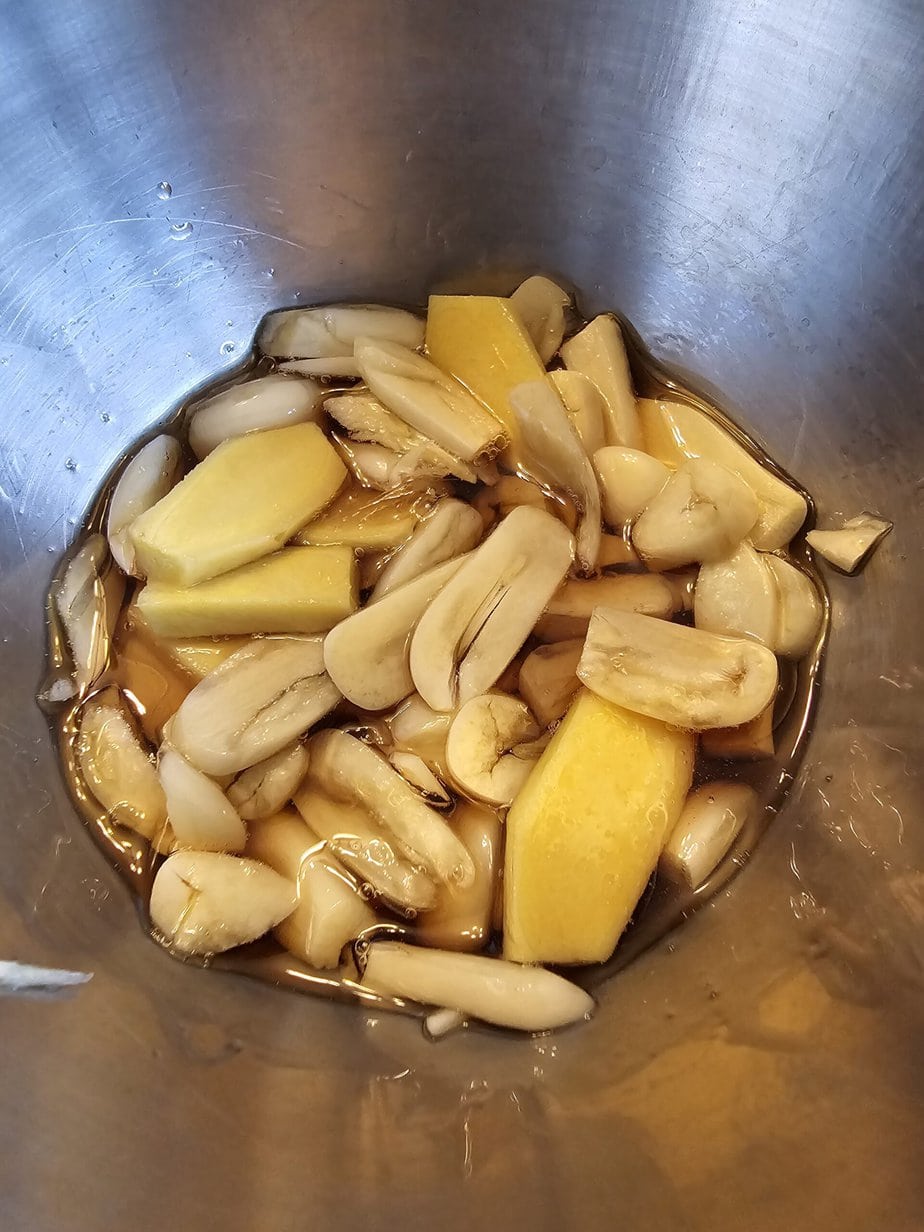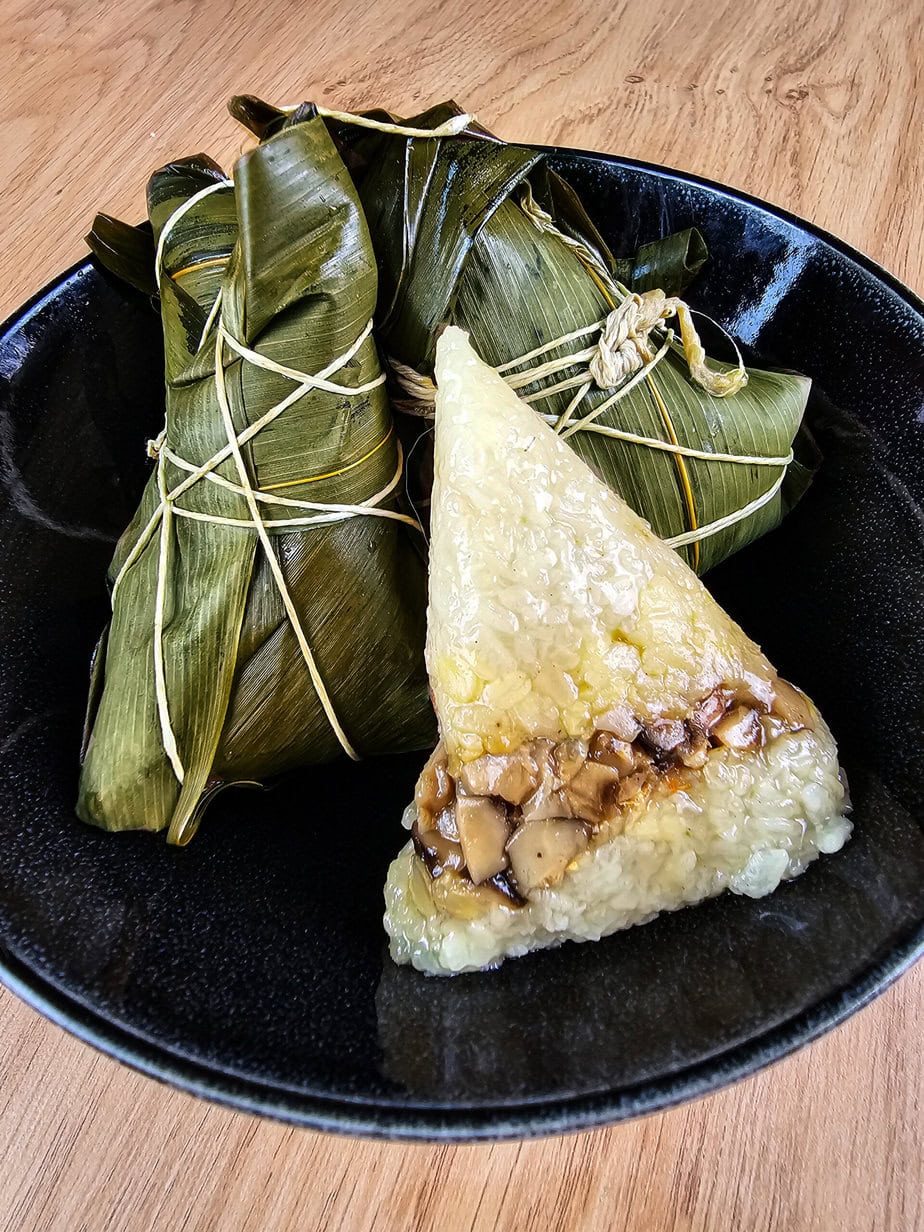Sesame oil is a cooking oil made from sesame seeds that is highly appreciated in Asian cuisine. There are several varieties made from either pressed seeds or roasted seeds, and they are used in different ways in Chinese, Japanese, Korean, and even Middle Eastern cuisine.
Light sesame oil is generally used as a neutral cooking oil, while toasted sesame oil is used as a powerful flavoring in sauces, soups, and other dishes.
The different types of sesame oils
Toasted sesame oil is also known as dark, black, or Asian sesame oil. The light to dark reddish-brown oil is made from roasted sesame seeds and has a very powerful aroma and flavor.
Toasted sesame oil (buy on Amazon)
Sesame oil is often used as a finishing oil, adding a nutty flavor to a hot or cold dish.

Generally, the darker the toasted sesame oil, the stronger the flavor will be.
Light sesame oil, also called white or plain sesame oil, is light in color. It is made from “raw” sesame seeds, resulting in an oil that can be used at high temperatures and has a milder flavor.
Light sesame oil (buy on Amazon)
Cold-pressed sesame oil is made without heat or chemicals. It is prized for its purity and can be found in organic stores.
Blended oils are also available, combining toasted sesame oil with other oils. The result is a cheaper alternative with a less intense flavor, but which still imparts that good sesame taste
How to cook with sesame oil?
Light sesame oil can be used somewhat like sunflower oil or vegetable oil. As it has a similar neutral flavor and can withstand high heat, it can be used for frying or roasting.
Use it for sautéing, or use it anywhere that requires an oil with a more or less neutral taste.
Toasted sesame oil, on the other hand, is best used in low-temperature cooking or added at the end or after cooking. But there are no set rules, and for example, it’s part of the marinade in my Malaysian fried pork

Black sesame oil can be used for cooking over low or medium heat (not for frying), but tends to lose some of its flavor if cooked for too long or over high heat.
That said, its smoke point is relatively high at 232 degrees. It is frequently used to drizzle over dishes like soups and stir-fries after cooking. It can be used in dressings, marinades, and sauces.
What does sesame oil taste like?
Light sesame oil has a neutral oil flavor and will easily blend into any dish.
Toasted sesame oil is appreciated for its rich nutty taste. It has a very distinct roasted sesame aroma and adds a great touch of flavor to recipes. Be careful not to overuse it at the risk of completely masking the other ingredients in the recipe.

Where to buy sesame oil?
Toasted sesame oil is typically found in the Asian section of large supermarkets. It is often sold individually in glass or plastic bottles, but can sometimes be found in much larger packages, especially in bulk food stores.
For more options, visit an Asian market, where you can usually find a few brands with clear sesame oil. Look for an oil that is 100% sesame (not blended) and, for roasted sesame, a darker color generally means a stronger flavor.
How to store sesame oil?

Sesame oil generally has a very long shelf life and can be stored in its original bottle, with the lid tightly screwed on, in a cool, dark place.
Clear sesame oil keeps better at room temperature and lasts up to a year.
Toasted sesame oil has a slightly shorter shelf life but will still last several months under ideal conditions.
It can also be stored in the refrigerator, thus extending its shelf life. The oil will be slightly thicker when cold but still very easy to pour.
Is sesame oil good for health?
The seeds come from the sesame plant (Sesamum indicum). The seeds themselves are rich in protein and B vitamins, but sesame oil contains no protein or many essential vitamins and minerals.
However, it retains fatty acids and antioxidants, including vitamin E and phytosterols.
Sesame oil is thought to have significant health benefits, such as providing heart-healthy fats, reducing inflammation, and protecting the skin from the sun.
Nutrition of sesame oil
One tablespoon of sesame oil contains the following:
- Calories: 120
- Protein: 0 grams
- Fat: 14 grams
- Carbohydrates: 0 grams
- Fiber: 0 grams
- Sugar: 0 grams
Sesame oil also contains omega-3 and omega-6 fatty acids, which are both polyunsaturated fats. These are both essential fatty acids that help prevent several diseases, including heart disease and cancer. They also help improve immune function.

Benefits of sesame oil
Sesame oil is packed with antioxidants. In addition to vitamin E and phytosterols, it contains lignans, sesamol, and sesaminol. These compounds help fight free radicals in your body, which can reduce your risk of developing chronic diseases.
The potential health benefits of sesame oil are:
Heart health
Sesame oil has a very balanced ratio of omega-3, omega-6, and omega-9 fatty acids. Omega-3 and omega-6 are polyunsaturated, while omega-9 fatty acids are monounsaturated. The literature shows that a diet containing these healthy fats reduces your risk of developing heart disease.
Some studies show that consuming sesame oil can help reduce your LDL cholesterol and triglycerides, which play a role in protecting your heart.

Reduced inflammation
Many cultures have used sesame oil in traditional medicine as an anti-inflammatory. Traditional Taiwanese medicine has used it to treat joint pain, toothaches, cuts, scrapes, premenstrual cramps, etc.
Although more studies are needed, some early studies show that sesame oil may be effective in lowering inflammatory markers.
Blood sugar level
Sesame oil can help regulate blood sugar levels. A study showed that adults taking sesame oil had reduced fasting blood glucose (your blood sugar after a night’s sleep) and hemoglobin A1c (your average blood sugar over the past two to three months).

